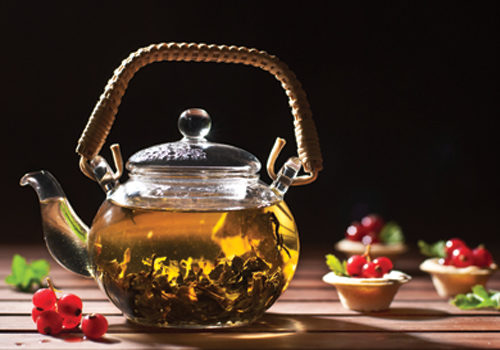Each sector of the drink industry brings its own excitement, including tales of success, growth and obstacles overcome. In sharing with you their window onto the beverage landscape, these insiders and entrepreneurs will help bring you up to date on the state of the healthy beverage market.
Drinks Aplenty
Functional drink products and ingredients currently represent an important nexus of consumer interest and innovation. People are looking to beverages as ideal delivery systems for all kinds of active ingredients, according to Lara Niemann, marketing director for the Americas for Gelita, Sergeant Bluff, IA. Many consumers also expect these functional drinks to be natural, she adds.
“Protein-enriched beverages—once marketed exclusively to hard-core athletes—are increasing in popularity with everyday consumers, especially those who find it challenging to ingest RDAs of protein,” Niemann says. Collagen proteins (especially hydrolyzed collagen) are playing an 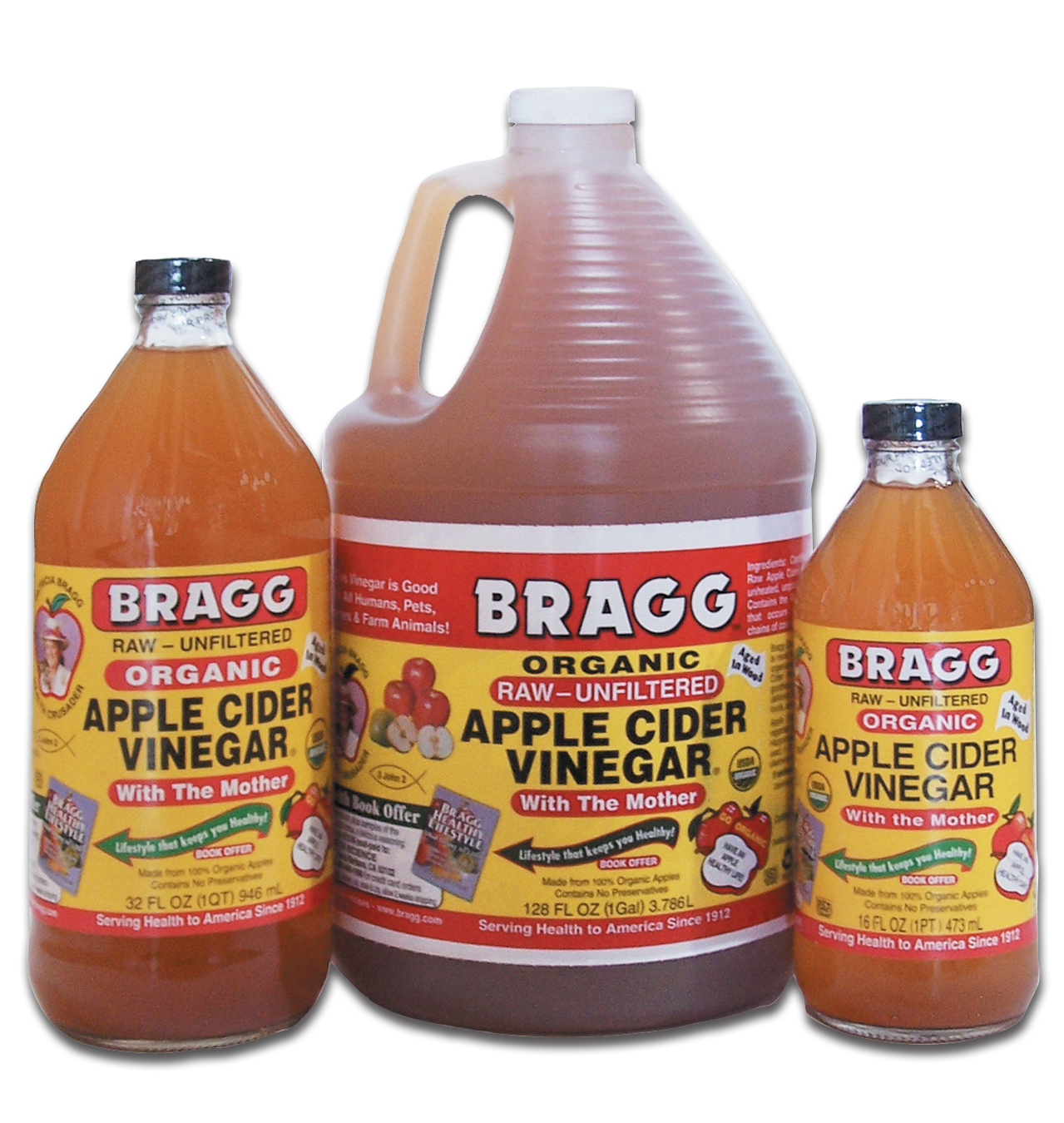 important role, she says, one which goes beyond merely the “added protein” effect. They can offer cosmeceutical or “beauty from within” benefits by increasing skin moisture and helping prevent wrinkle formation. This is accomplished through the stimulation of skin metabolism and the formation of new collagen.
important role, she says, one which goes beyond merely the “added protein” effect. They can offer cosmeceutical or “beauty from within” benefits by increasing skin moisture and helping prevent wrinkle formation. This is accomplished through the stimulation of skin metabolism and the formation of new collagen.
Niemann says an ingredient from her company is produced from native collagen and, importantly for the functional drink industry, has high bioavailability and can be incorporated into diverse product formats. She explains that this is the result of featuring collagen peptides with color, clarity and sensory attributes that make the nutrient versatile. It has stability in a wide range of pH levels as well, resulting in less precipitation or flocculation (i.e., forming of flakes).
A different take on functional beverages are fiber-rich, grain-based drinks. There are several entries in this space, one of which is described by David Peters, CEO of Oatworks, New York, NY. An oat-infused natural smoothie made with fruit juice, one bottle contains as much soluble fiber as two bowls of oatmeal, he says. Peters explains that for busy consumers that want the benefits of nutrient-rich oatmeal but lack the time to prepare it, such a product solves a dilemma.
Products like these help individuals eat healthy while on the go, or can act as an energizer in the morning or during exercise, Peters says. In addition, he classes his company’s products as part of a trend, one he says Pepsi CEO Indra Nooyi has described as to “drinkify” or “snackify.” Says Peters, “They blur the dividing line between a beverage and a snack, and make it possible for consumers to enjoy the nutritional benefits of foods in a more convenient and often tastier format.” Kale smoothie, anyone?
Yet another angle on the functional drink market is the drink add-in. Such products can alter everyday beverages, rendering them more healthful and therefore functional. Keven Suttle, founder and chief marketing officer of Smooth 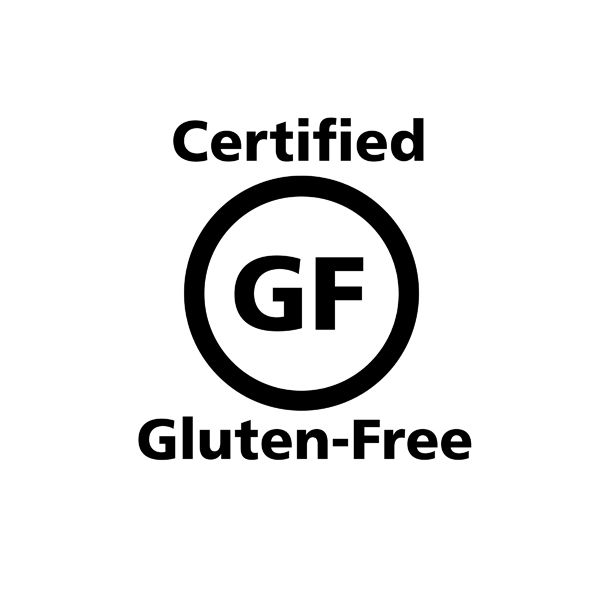 8, Boston, MA, describes his company’s cleansing water drops, a drink add-in formulated to help the user detoxify. “It gives users their daily dose of antioxidants and the added benefit of a natural energy boost throughout the day,” Suttle says. Another add-in is enriched with magnesium and potassium. Simple to integrate into a routine, Suttle says it helps users balance their pH by eliminating the acidity in their bodies as well as that of the food or beverage currently being consumed.
8, Boston, MA, describes his company’s cleansing water drops, a drink add-in formulated to help the user detoxify. “It gives users their daily dose of antioxidants and the added benefit of a natural energy boost throughout the day,” Suttle says. Another add-in is enriched with magnesium and potassium. Simple to integrate into a routine, Suttle says it helps users balance their pH by eliminating the acidity in their bodies as well as that of the food or beverage currently being consumed.
Aloe vera is a trendy ingredient, and has made its way into the beverage aisle. Early adopters of one brand, launched about five years ago, were those attracted to its functional aspects, says Henry Chen, president and founder of ALO Drink (by SPI West Port), South San Francisco, CA. He believes those who had tried other aloe vera drinks in the past for health reasons were thankful for an upgraded taste experience.
After those looking for healthier, natural drink choices, whom Chen regards as “trend setters,” discovered the brand, others came along. “Now, our growth has been primarily via the ‘mainstream’ consumer, those who used to drink sodas or sugary juices that contain artificial ingredients and colors,” he says. Despite the newly popular search for natural alternatives to traditional soft drinks and juices, taste is still a critical factor in purchasing decisions. “The functional, healthier aspect is a cherry on top that makes the decision to switch even easier,” Chen says.
Another type of traditional beverage, tea, has a strong present and future in the natural channel. As an organic tea manufacturer, Greg Nielsen, director of marketing for Numi Organic Tea, Oakland, CA, says his company’s products are set apart by the use of real ingredients. No artificial or “natural” flavorings  are needed. “Tea reaches into many different beverage categories, whether you’re drinking it as a functional beverage (e.g., to wake up in the morning), as a traditional beverage, or as a way to expand your palate,” Nielsen says.
are needed. “Tea reaches into many different beverage categories, whether you’re drinking it as a functional beverage (e.g., to wake up in the morning), as a traditional beverage, or as a way to expand your palate,” Nielsen says.
The foodie movement of recent times has seen consumers branching out to new flavor profiles, and tea is one of the categories in which that search has taken place. Nielsen says that in striving to meet the consumer preference for healthy, useful products with novel flavors, his company was most recently led to savory teas infused with vegetables and spices like Spinach Chive and Carrot Curry. In keeping with the drinks-as-snack theme, he says that these teas can be nourishing, and enjoyed as an alternative to a snack. He also cites their use in cooking recipes calling for savory flavors, saying, “It’s exciting to see the uses people have come up with so far.”
In tea and in general, people are starting to get more engaged with products. “Consumers, and natural consumers in particular, are even more passionate about reading labels, taking notice of ingredients, and evaluating what they’re putting into their bodies,” says Joanna Seiden, public 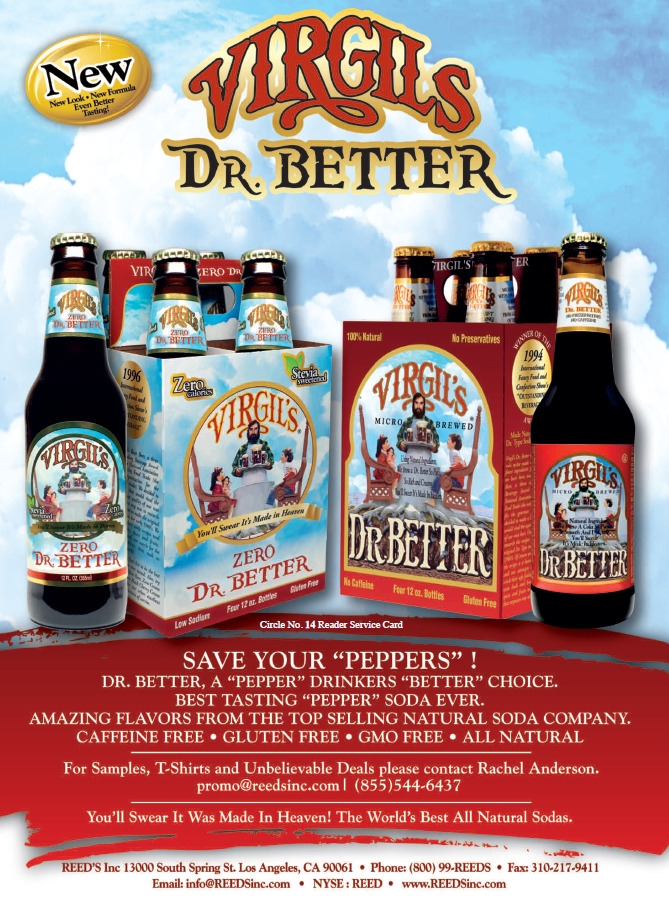 relations manager for Honest Tea, Inc., Bethesda, MD. In beverages, she believes people don’t want to sacrifice either taste or qualities like being low/zero calorie. Therefore, she says a preference is emerging for natural sweeteners that can maintain taste without piling up calories.
relations manager for Honest Tea, Inc., Bethesda, MD. In beverages, she believes people don’t want to sacrifice either taste or qualities like being low/zero calorie. Therefore, she says a preference is emerging for natural sweeteners that can maintain taste without piling up calories.
Due to this dynamic, she says her company saw an opportunity for naturally sweetened zero-calorie sodas to make an entrance. Sweetened with a combination of the popular stevia and erythritol (a natural sugar alcohol), the line was met with strong demand early on, she says.
Innovation is prevalent on the natural soft drink front. Chris Reed, founder and CEO of Reed’s, Inc., Los Angeles, CA, says his company was the first to make commercial soft drinks through a brewing process. The original product is brewed from fresh ginger root, fruit juices, spices and natural sweeteners. Reed notes ginger is known for its healthy properties, and believes strongly in its benefits for nausea, mood, inflammation and other areas.
Reed also describes a new foray into a hot category: kombucha. This fermented tea drink is gaining steam with consumers. Reed explains that many top kombuchas are made with ginger as an ingredient, and his company decided to take on the task. “What distinguishes our kombucha is that we use a very special tea blend of oolong and yerba mate tea brewed in spring water and a much longer aging process,” he says. By introducing various kombucha flavor profiles, he feels they are making strides on both function and taste in a growing category.
Beverage Trend Watch
From manufacturers with their fingers on the pulse of the beverage industry, here are some overarching trends to keep an eye on when it comes to informing customers and stocking shelves. Firstly, Reed notes that the massive gluten-free trend is being felt in beverages as well as foods.
One development in packaged beverage 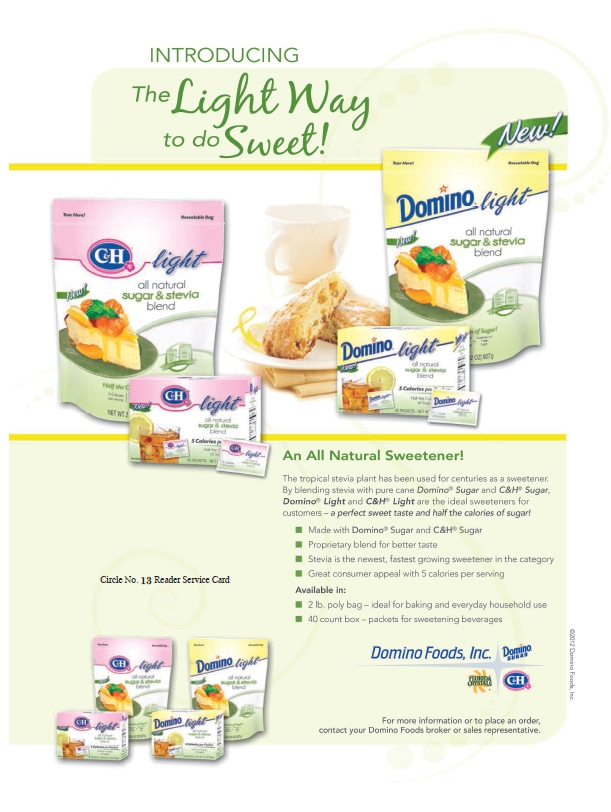 products is particularly noteworthy. “I’m seeing an escalation in the use in fresher, less-processed ingredients, particularly the high-pressure processing (HPP) juices that have exploded onto the beverage aisle in natural foods,” says Reed. Rather than high heat, HPP juices use (you guessed it) high pressure to ward off bacteria, thus increasing shelf life and freshness. Many new product launches feature this technology.
products is particularly noteworthy. “I’m seeing an escalation in the use in fresher, less-processed ingredients, particularly the high-pressure processing (HPP) juices that have exploded onto the beverage aisle in natural foods,” says Reed. Rather than high heat, HPP juices use (you guessed it) high pressure to ward off bacteria, thus increasing shelf life and freshness. Many new product launches feature this technology.
In an even larger trend of which beverages are only a part, Reed sees a more comprehensive movement toward non-GMO in the natural channel. He believes many stores may actually go completely non-GMO at some point in the future. Citing concern with the rises in allergies, autism and obesity coinciding with the introduction of GMO foods, he thinks non-GMO is a trend that will benefit consumer health.
Reed also observes a continued simplification of labels, as companies dispense with preservatives and other unnatural ingredients. Other label-based developments are also occurring. Niemann says that in addition to “natural” claims, many more consumers are now driven by other claims like kosher. Most are not motivated by religious practices; they associate kosher certifications with superior quality and healthfulness, she says.
The use of collagen peptides in kosher beverages was previously limited by the lack of mass-produced kosher beef hide gelatin, but now she says her company has received certification from the Orthodox Union. “The process used ensures full traceability and eliminates the chance of non-kosher raw materials entering the manufacturing process,” Niemann says.
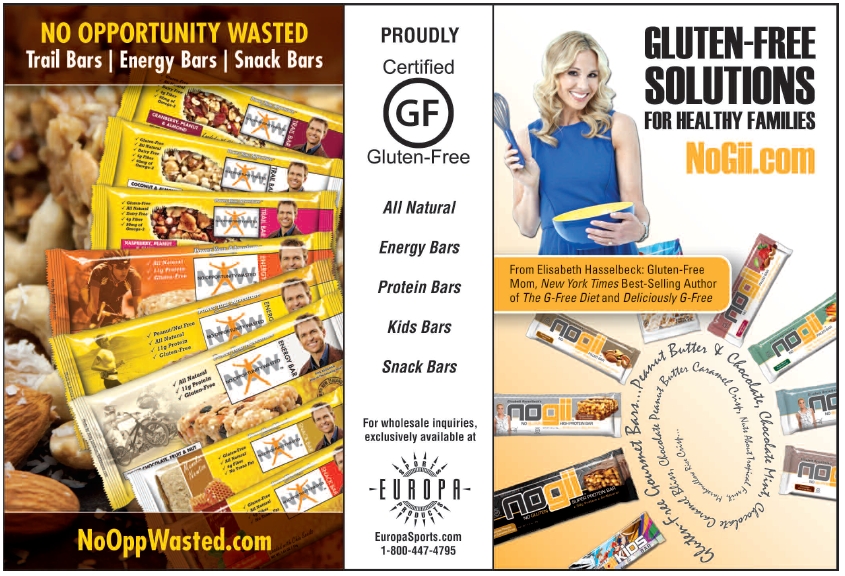 Another labeling trend is increased transparency, and that doesn’t mean the label is see-through. Instead, it involves ingredient disclosure. Suttle says that with the growing concern over the quality foods and beverages, some brands have become eager to share what’s inside in a more obvious way. “Labeling of nutrients on the front of packaging by initiatives like Facts Up Front enables consumers to have a better understanding at first glance of the products on the market,” he says.
Another labeling trend is increased transparency, and that doesn’t mean the label is see-through. Instead, it involves ingredient disclosure. Suttle says that with the growing concern over the quality foods and beverages, some brands have become eager to share what’s inside in a more obvious way. “Labeling of nutrients on the front of packaging by initiatives like Facts Up Front enables consumers to have a better understanding at first glance of the products on the market,” he says.
The caffeine and sugar conundrum is also one to watch develop. “Consumers are definitely watching their sugar intake and looking for easy, healthy alternatives to their favorite beverages—especially energy drinks like coffee and soda,” says Nielsen. Those looking to cut down on caffeine still want to feel energized, and he says this is a reason that teas like pu-erh, which provide balanced energy over time, are becoming popular.
Nielsen also is finding that some are picking up the premium tea habit, not just because they taste good and don’t get bitter, but because they can satisfy certain food cravings. He says a chocolate pu-erh tea made with real cocoa, for example, provides the satisfaction of eating chocolate.
Certified organic products have never been more 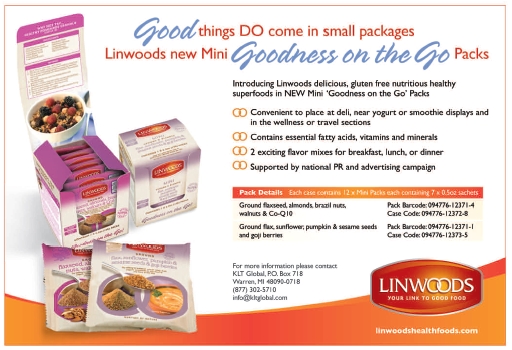 sought after, and for that reason, Seiden says her company has been on a mission to “democratize organics” in terms of pricing. Costs of certified organic natural sweeteners like stevia and erythritol, however, are a limiting factor. Seiden says these ingredients are two to three times more expensive than their conventional counterparts.
sought after, and for that reason, Seiden says her company has been on a mission to “democratize organics” in terms of pricing. Costs of certified organic natural sweeteners like stevia and erythritol, however, are a limiting factor. Seiden says these ingredients are two to three times more expensive than their conventional counterparts.
Rather than price out the majority of consumers, the company decided to offer one variety (Root Beer) as an organic option and price it along with three conventional varieties. Seiden says this allowed them to gauge the demand for organic without price getting in the way. “We plan to transition the remaining varieties over to organic in the next few years as we grow our volumes and prove to suppliers that these organic sweeteners are not just fads, but rather important ingredients for the future of beverages.”
Staying on pricing, Peters feels the market is increasingly polarized between consumers whose primary focus is price and those concerned about things like ingredients and freshness. While the latter types of beverages are often too pricey to be consumed regularly by the average consumer, they are still being purchased by those seeking an experience that is healthier than a can of soda. “This type of consumer is no longer prepared to be  told that an artificially flavored, colored, sweetened water is actually good for them,” says Peters.
told that an artificially flavored, colored, sweetened water is actually good for them,” says Peters.
People are more concerned about issues like sustainability than in the past, and there is an overall movement toward cleaner, healthier choices, Chen argues. “We see traditional retail channels, such as drug, convenience and gas, and even vendings looking for better-for-you beverages,” he says. This is a sign of the times, he goes on to say, as the information now readily available to consumers is creating a better informed buyer.
The Internet, and increasingly popular food-related media, combined with the ease of communication through social media, cell phones and the like, mean big brands with multimillion dollar budgets command less of a lion’s share of consumer messaging. Says Chen, “Consumers can so easily find out for themselves what’s good or bad, what’s true or false. And they can easily and instantly share their thoughts with all of their friends.” WF
Published in WholeFoods Magazine, November 2013

